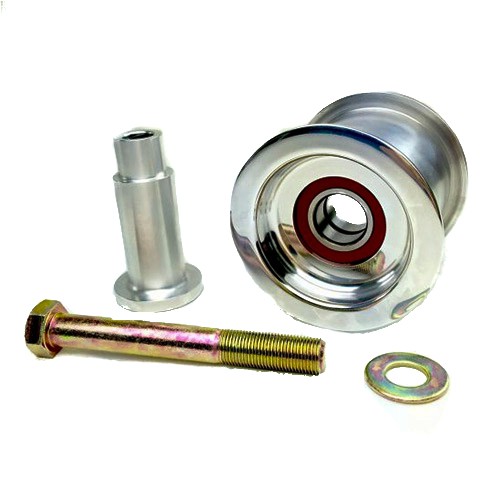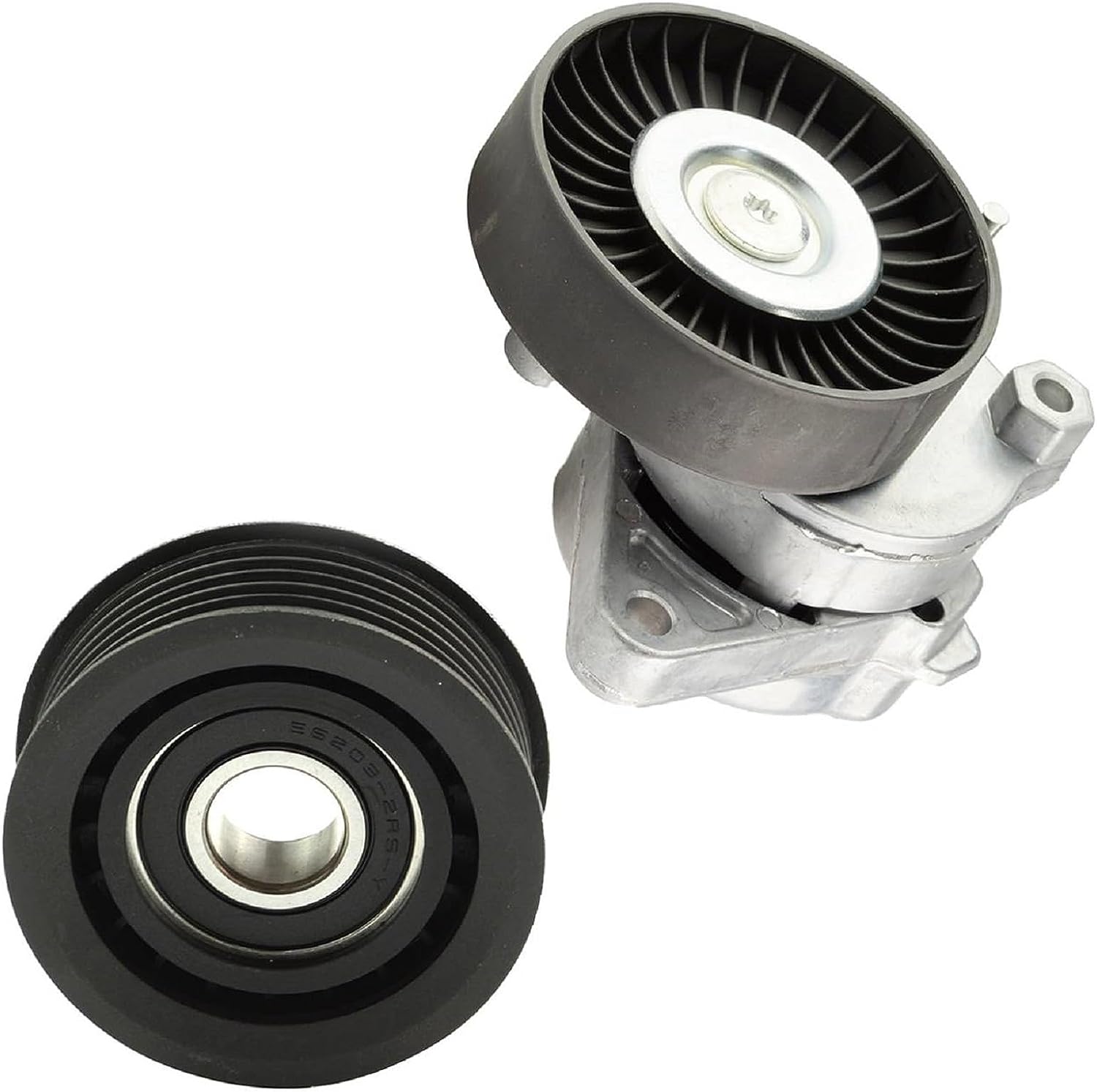Product Description
Product Catalog
FAQ
1.Who are we?
We are based in ZheJiang , China, start from 2018,sell to Mid East(40.00%),South America(15.00%),Southeast Asia(10.00%),Africa(10.00%),Domestic Market(6.00%),North America(5.00%),South Asia(5.00%),Eastern Europe(3.00%),Western Europe(2.00%),Central America(2.00%),Northern Europe(2.00%). There are total about 101-200 people in our office.
2. How can we guarantee quality?
Always a pre-production sample before mass production;
Always final Inspection before shipment;
3.What can you buy from us?
clutch release bearing,cylindrical bearing,tapered roller bearing,needle roller bearing,deep groove ball bearing
4. Why should you buy from us not from other suppliers?
The factory loctaed in Bearing town LinQing.We have over 20 years OEM experience and our own Brand. Our products are virous, and quality can fit to China fomous truck like Xihu (West Lake) Dis.feng, CHINAMFG .
5. What services can we provide?
Accepted Delivery Terms: FOB,Express Delivery;
Accepted Payment Currency:USD,CNY;
Accepted Payment Type: T/T,Credit Card,PayPal,Western Union,Cash;
Language Spoken:English,Chinese.
| After-sales Service: | Excellent and Respectful |
|---|---|
| Warranty: | One Year |
| Type: | Tensioner Bearing |
| Samples: |
US$ 4/Piece
1 Piece(Min.Order) | Order Sample |
|---|
| Customization: |
Available
| Customized Request |
|---|
.shipping-cost-tm .tm-status-off{background: none;padding:0;color: #1470cc}
|
Shipping Cost:
Estimated freight per unit. |
about shipping cost and estimated delivery time. |
|---|
| Payment Method: |
|
|---|---|
|
Initial Payment Full Payment |
| Currency: | US$ |
|---|
| Return&refunds: | You can apply for a refund up to 30 days after receipt of the products. |
|---|

How do you select the right idler pulley configuration for a specific task?
Selecting the appropriate idler pulley configuration for a specific task involves considering several factors. Here are the key steps to guide you in the selection process:
1. Identify System Requirements:
Understand the specific requirements of the task or application. Determine the type of belt or chain being used, the power transmission requirements, the operating conditions (such as temperature, speed, and load), and any specific constraints or limitations.
2. Determine Belt or Chain Type:
Identify the type and specifications of the belt or chain being used in the system. This includes factors such as the belt width, pitch, tooth profile (for timing belts), and chain size. Knowing the characteristics of the belt or chain will help in selecting an idler pulley that is compatible and optimized for that specific type.
3. Consider Pulley Material and Construction:
Select a pulley material that is suitable for the task at hand. Common options include steel, cast iron, aluminum, and various plastics. Consider factors such as the required strength, durability, corrosion resistance, and the environment in which the pulley will be operating.
4. Determine Pulley Size and Configuration:
Calculate or determine the appropriate pulley size, including the diameter and width. Consider factors such as the desired belt tension, the required wrap angle (the contact area between the pulley and the belt), and any specific clearance or spacing requirements within the system.
5. Assess Bearing and Shaft Requirements:
Consider the bearing and shaft requirements for the idler pulley. Determine the load capacity, rotational speed, and any specific mounting or attachment considerations. Select bearings and shafts that can handle the anticipated loads and provide smooth operation.
6. Consult Manufacturer Recommendations:
Refer to the manufacturer’s recommendations or specifications for the idler pulley. Manufacturers often provide guidelines and technical data for their products, including load capacity charts, speed limits, and other relevant information. Ensure that the selected idler pulley aligns with these recommendations.
7. Evaluate Cost and Availability:
Consider the cost and availability of the idler pulley. Evaluate different suppliers and compare prices, ensuring that the selected pulley offers a good balance of cost-effectiveness and quality. Additionally, ensure that the idler pulley is readily available when needed.
8. Installation and Maintenance:
Lastly, consider the installation and maintenance requirements of the idler pulley. Ensure that it can be easily installed within the system and that any necessary adjustments or maintenance can be performed without significant hassle.
By following these steps and considering the specific requirements of the task or application, you can select the right idler pulley configuration that ensures proper tensioning, reliable power transmission, and optimal performance in your specific task.

What types of belts or chains are typically guided by idler pulleys?
Idler pulleys are commonly used to guide and support various types of belts or chains in mechanical systems. Here’s a detailed explanation of the types of belts or chains that are typically guided by idler pulleys:
1. V-Belts:
Idler pulleys are frequently used to guide V-belts. V-belts have a trapezoidal cross-section and are commonly used in applications that require high torque transmission, such as automotive engines, industrial machinery, and HVAC systems. Idler pulleys help maintain proper tension and alignment of V-belts, ensuring efficient power transmission and preventing slippage.
2. Flat Belts:
Flat belts, as the name suggests, have a flat, rectangular cross-section. They are used in applications where a wide contact surface area is required, such as conveyor systems, printing machines, and textile machinery. Idler pulleys guide and support flat belts, helping to maintain tension, alignment, and proper engagement with other pulleys or components.
3. Timing Belts:
Timing belts, also known as synchronous belts, have teeth on the inner surface. They are commonly used in applications that require precise power transmission, such as automotive engines, robotics, and precision machinery. Idler pulleys play a critical role in guiding and tensioning timing belts, ensuring accurate synchronization between the driving and driven components.
4. Chain Drives:
Idler pulleys are also used to guide and support chains in chain drive systems. Chains are widely used in applications that require high load carrying capacity and durability, such as motorcycles, bicycles, and industrial machinery. Idler pulleys help maintain proper tension, alignment, and engagement of the chain, ensuring smooth and efficient power transmission.
5. Serpentine Belts:
Serpentine belts are wide, multi-ribbed belts commonly used in automotive engines to drive various components, such as the alternator, power steering pump, and air conditioning compressor. Idler pulleys are integral in guiding and tensioning serpentine belts, ensuring proper operation and preventing belt slippage.
It’s important to note that the specific type of belt or chain guided by idler pulleys will depend on the application and the requirements of the mechanical system. Factors such as load capacity, speed, torque, and environmental conditions will influence the selection of the appropriate belt or chain type and the corresponding idler pulleys.

In which machinery and systems are idler pulleys commonly used?
Idler pulleys find wide applications in various machinery and systems where belt-driven power transmission is employed. Here are some common examples of machinery and systems where idler pulleys are commonly used:
1. Automotive Engines: Idler pulleys are utilized in automotive engines to guide and maintain tension in the accessory belts that drive components such as the alternator, water pump, power steering pump, and air conditioning compressor.
2. Conveyor Systems: Conveyor systems in industries like manufacturing, mining, and logistics use idler pulleys to support and guide the conveyor belts, ensuring smooth movement of materials along the desired path.
3. HVAC Systems: Heating, ventilation, and air conditioning (HVAC) systems often incorporate idler pulleys in the belt drive arrangements to maintain proper tension and alignment of belts driving components like fans, blowers, and compressors.
4. Agricultural Machinery: Various agricultural equipment, such as combines, tractors, and harvesters, employ idler pulleys to guide and tension belts that drive components like belts for power take-off (PTO) systems, augers, and conveyors.
5. Printers and Copiers: Idler pulleys are used in printing and copying machines to guide and tension the belts that drive paper feed mechanisms, rollers, and other components involved in the printing process.
6. Exercise Equipment: Many types of exercise equipment, including treadmills, stationary bikes, and rowing machines, incorporate idler pulleys in their belt drive systems to guide and tension the belts that provide resistance or transmit power.
7. Industrial Machinery: Idler pulleys are commonly found in various industrial machinery applications, such as woodworking machines, textile machinery, packaging equipment, and printing presses, where belt drives are used for power transmission.
8. Power Tools: Belt-driven power tools, such as table saws, drill presses, and band saws, often utilize idler pulleys to redirect the belt path and maintain tension for efficient power transfer.
These are just a few examples, and idler pulleys can be found in a wide range of machinery and systems where belt-driven power transmission is employed. The specific design and size of idler pulleys may vary depending on the application and load requirements of the system.


editor by CX
2023-11-08